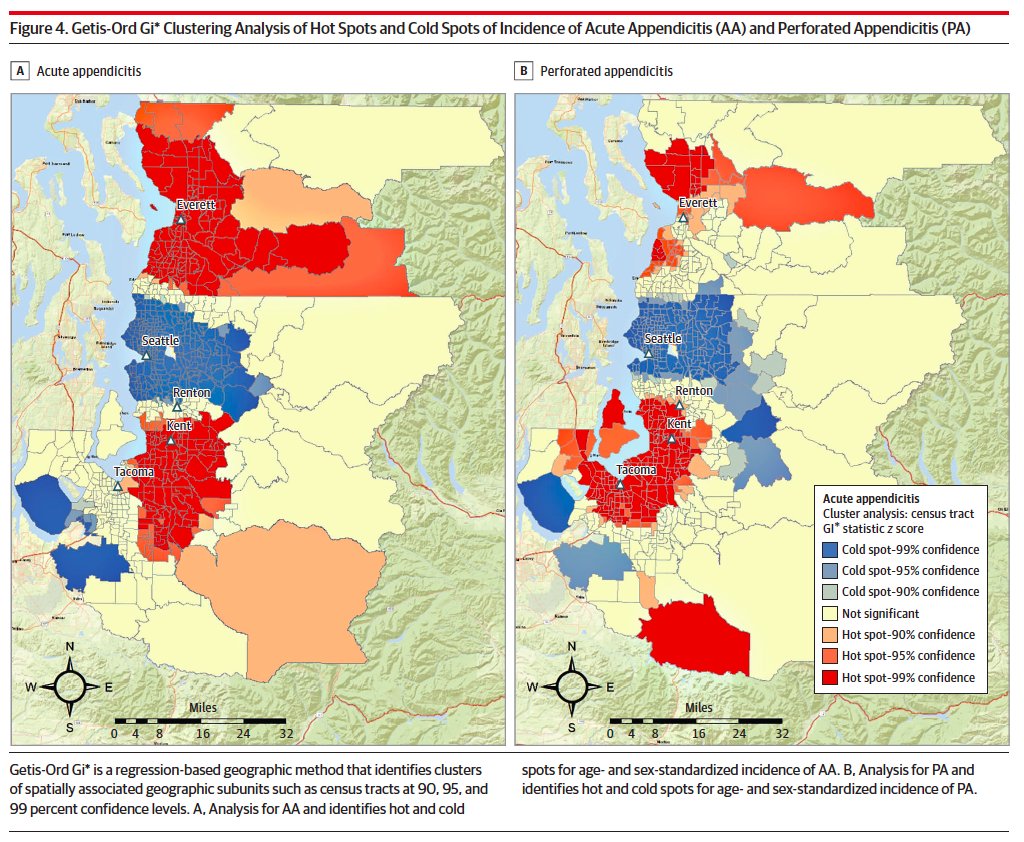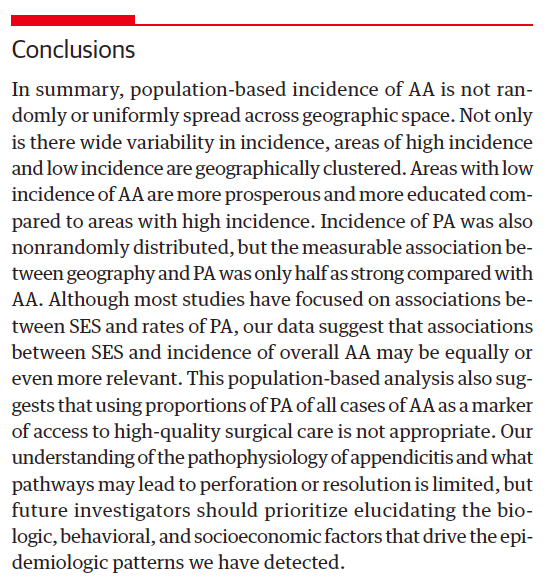(6/11)

Bachelor’s degree: 55.8% versus 25.6% (cold spot versus hot spot)
Per capita income: $44,691 versus $30,027 (cold spot versus hot spot)
(thread 9/11)



Keep Current with F. Thurston Drake
This Thread may be Removed Anytime!
Twitter may remove this content at anytime, convert it as a PDF, save and print for later use!

1) Follow Thread Reader App on Twitter so you can easily mention us!
2) Go to a Twitter thread (series of Tweets by the same owner) and mention us with a keyword "unroll"
@threadreaderapp unroll
You can practice here first or read more on our help page!
